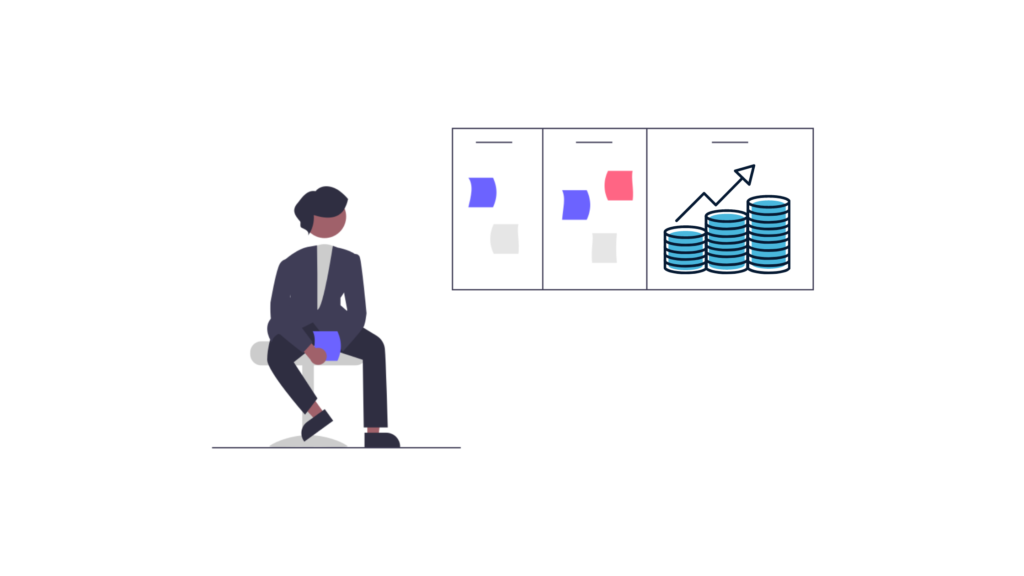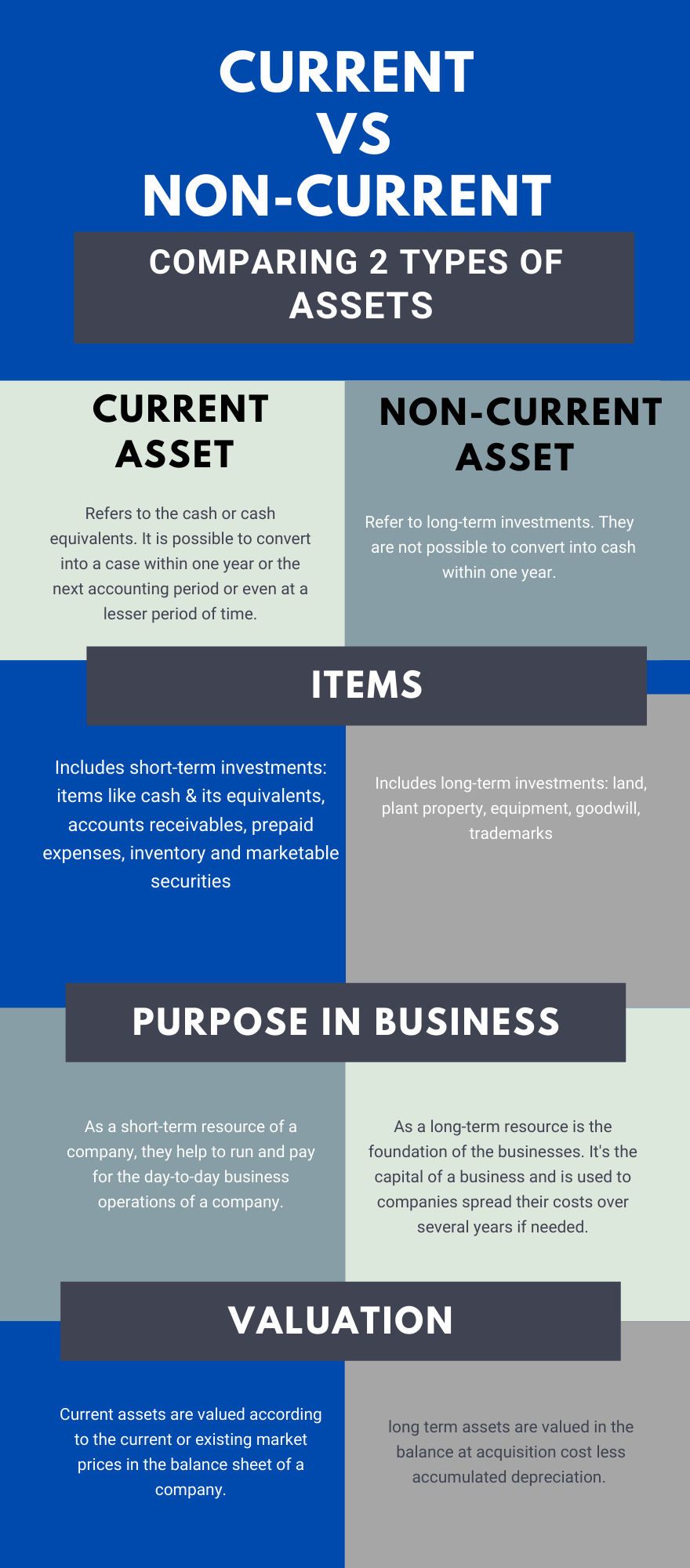Inventory is a current asset as long as you can sell it within twelve months or the next accounting period on the balance sheet. Assets are a company’s resources. There are two types of assets in the retail business – current and non-current. In retail businesses, inventory is reported as a current asset.

Businesses can use their current asset to pay for their day-to-day operations. It is worth mentioning that the assets, no matter current or non-current, show a company’s economic values. And this is why we need to research this topic thoroughly.
Having a full picture of your inventory and its nature will help you have better stock management.
What is a Current Asset?
The current assets meaning is easy to define. These are resources that you can turn into cash or cash equivalents. It should proceed within a short period of time. In this way, the current assets support paying the ongoing costs of companies immediately. Note that current assets represent dollar revenues. That’s the reason why in accounting, they also represent a company’s liquid assets. Liquid assets are the same as cash or cash equivalents.
Here are examples of current assets with the order of their liquidity.
- Cash and cash equivalents
- Temporary investments
- Accounts receivables
- Marketable securities
- Inventory
- Prepaid expenses
Logically, Inventory, in this case, is also a current asset. However, it lies in the middle of the spectrum. Even though inventory is in the balance sheet of a company’s current asset list, it’s relative in many cases. There might be cases when it is challenging to sell inventory as a current asset. There may be other cases also, like when inventory is sold too easily.
A good comparison is about selling aeroplanes as a current asset vs fast-moving consumer goods. These products have a high demand and a short shelf life. Accordingly, the companies selling fast-moving consumer goods have a privilege over the ones who are selling aeroplanes. It refers to turning their inventory into cash in a short period of time. It’s easier for baking goods industries, for example, to turn their inventory into cash immediately.
In conclusion, we can assume that business nature and the type of inventory matter a lot.
Key Components of Current Assets
Note that not all elements have the same liquidity. And not all current assets on the balance sheet have the same share either. Each component differs depending on the business type. Note that while recording the current assets on the balance sheet. Businesses put them according to their order of liquidity. The easier they can be converted into cash, the higher up on the balance sheet they will be placed.
Here are the main components of current assets. Let’s discuss each component separately and understand their roles.
Cash & Cash Equivalents
These are the most liquid form among the current assets list. As the meaning itself says, these are everything related to cash. Cash or cash equivalents are bills, currency notes, bank accounts and money market accounts. The latter are cash equivalents. All of these elements are easy to liquidate from the company’s balance sheet.
Accounts Receivables
These refer to the money that companies gain from their customers for delivering goods and services. Most of the businesses expect it to receive their receivables within one operational year. However, in not all cases, businesses manage to collect them promptly from their customers. As a result, they go under a company’s bad debt, which means that they are not listed as current assets.
Inventory
Inventory ar the stock of a company that is a current asset. And Inventory as a current asset includes raw materials, in-process products, and finished goods that are ready for sale. Logically, the profit the company gains only when inventories are sold. However, not all types of inventories bring revenue. You should exclude the damaged or low demanded products, which may not even be sold at all.
As accounting matters here a lot, you should consider the methods which may help your inventory calculations. There are different inventory valuation methods like FIFO & LIFO, which help and provide accurate inventory calculations.
Pre-Paid Expenses
These refer to the money that a firm pays in advance. They serve to receive certain goods or services in the future. It is quite logical that a company, in this case, cannot convert the money into cash immediately. Prepaid rent and insurances are good examples or pre-paid expenses.
What is a Non-Current Asset?
Non-current assets, also famous as long-term investments, are the next resources that the companies owe. A non-current asset is hard to liquidate in comparison to the current assets. The list of non-current assets includes intangible or fixed assets like office furniture, machinery, buildings, and land. Tangible and non-tangible assets are further divisions of the non-current assets. Goodwill is a good example of an intangible asset.
Non-current assets examples:
- Property, plant and equipment
- Land
- Trademarks
- Long-term investments
- Goodwill
The following infographics put on the main differences between current and non-current assets.

Examples of Inventory Assets
Not that we have a general understanding of assets, we can dig into more. Let’s now define the examples of inventory assets. The categorisation of the inventory assets depends on the type of business. Are you a manufacturer or a merchandising company?
Merchandiser companies, either wholesalers or retailers, categorize their inventory under one category: merchandise inventory. Manufacturers are those who produce their own products and later sell to wholesalers or retailers. The manufacturers categorize their stock as follows:
Raw Materials
These are the basic materials, which the manufacturers use to produce products. These type of materials may be wood, metals, plastics, chemicals and the like. Manufacturers record the cost of these items as raw material in the balance sheet. This is logical as they still need time to manufacture them and produce a certain type of goods.
Work-in-Process
The work-in-process inventory refers to the partially completed products. These are mainly goods which are also still in production.
Finished Goods
These are the final manufactured products. At the end of the manufacturing process, you get your finished goods. In simpler words, the finished goods are those products, which are ready to be sold to the customers.
eSwap offers all the necessary tools to make your inventory accounting process as smooth as it’s possible. These operations proceed due to Xero and Quickbooks online. Thes applications, which are available in eSwap, allow having accurate stock calculations. It refers t creating and tracking purchase orders and syncing all of that data immediately.







